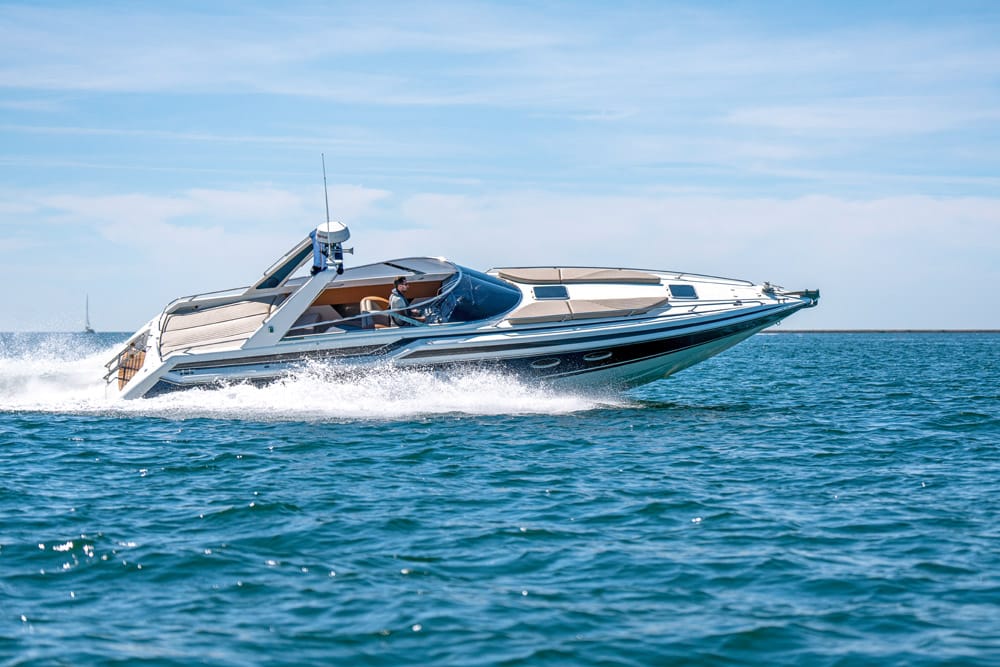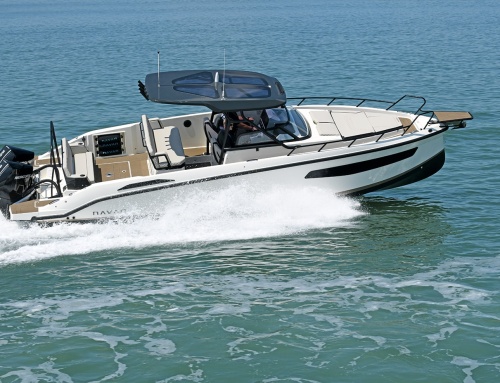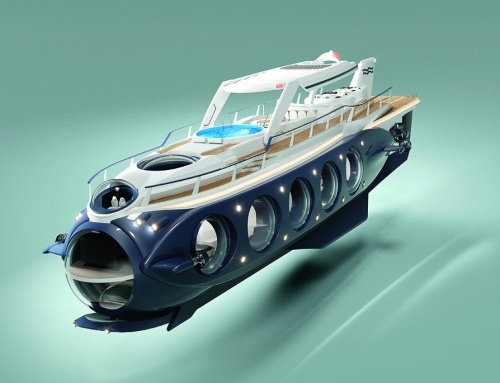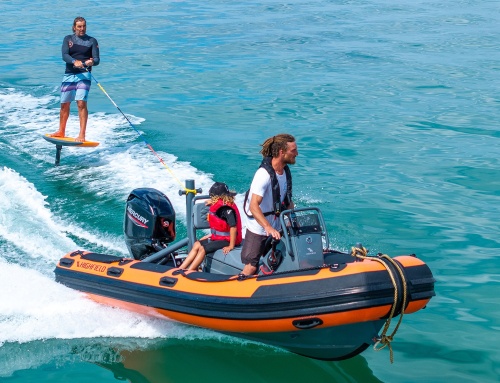HMS interviews Chris Gates, founder and CEO of SETAG, a company leading the way in the refitting, customisation and ‘upcycling’ of craft in line for a sustainable makeover.
What does SETAG stand for? Is it an acronym, and when and how was the company formed?
It’s actually my surname, Gates, spelt backwards. Some people see this immediately, others take a little longer! We were just playing with ideas for names and it sounded right. I like that it is pronounced ‘Sea-tag’. The company was officially formed in Plymouth in April 2021. I had formerly been the CEO of Princess Yachts, where I had spent 31 years working my way up through the business, and, to be honest, I was thinking about enjoying the quiet life in Devon, but I had this hunch that kept nagging me that there was a ‘third way’ in terms of luxury yacht ownership that no one had really offered before.
Your company states: ‘At SETAG, we are raising the concept of “refit” to a new level of luxury. It’s not just luxury redefined – it is also luxury refitted and remastered… by the original artists.’ That’s quite a claim, so please tell us more about the type of work you carry out.
The first thing we ask people to do is to take a look at the pedigree of the company and the people involved. It’s quite a unique position to engage with people that were actively involved in the original concept of many of these vessels and now have the opportunity to breathe new life into extremely well-made product.
It might seem like a bold claim, but we think our work speaks for itself, and in reality, our pedigree is almost impossible to replicate. To us, true luxury lies in having something personalised to your exact requirements. A refit can sound pretty mundane – like you’re papering over the cracks – but what we offer is something entirely different. If you think about it, the first thing you do when you buy a new home is to strip it back to the bones and refurbish it to stamp your own personal taste on it. So why shouldn’t you do that by remastering a yacht – whether it’s your own or a pre-owned craft you’ve bought? What’s more, we have the expertise all here: specialists and craftspeople who know these boats better than anyone, so they can offer total renovation and refurbishment – all to a relatively quick timescale.
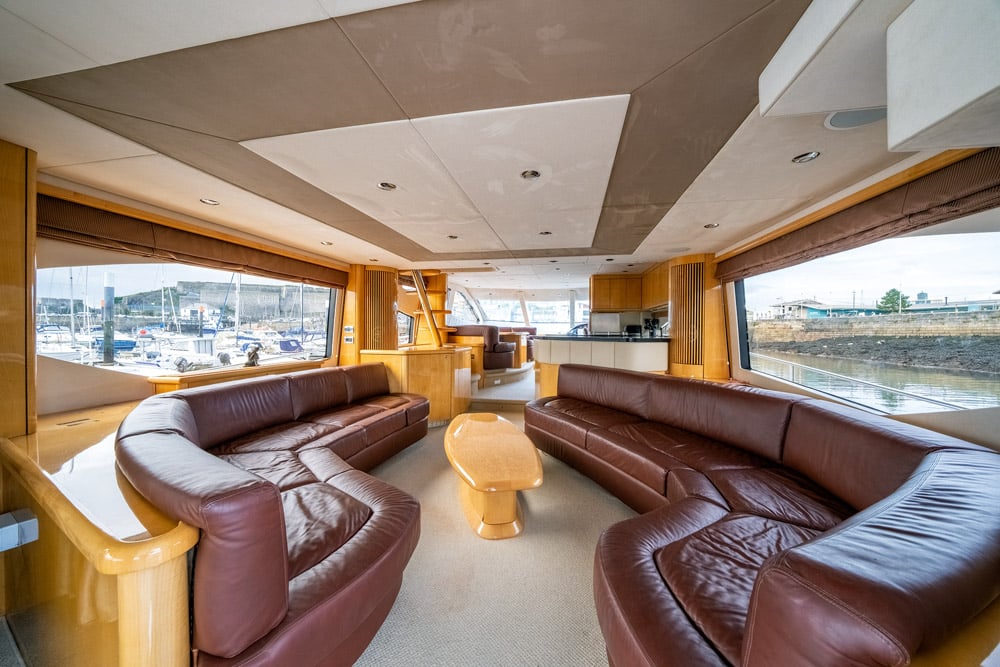
BEFORE – Sunseeker 75 Project
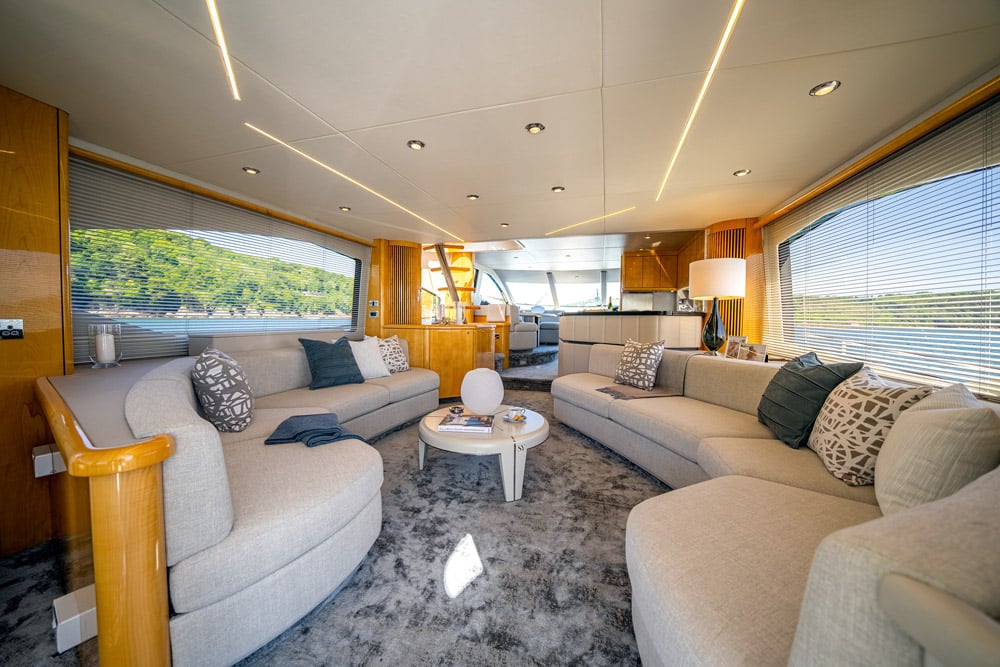
AFTER – Sunseeker 75 Project
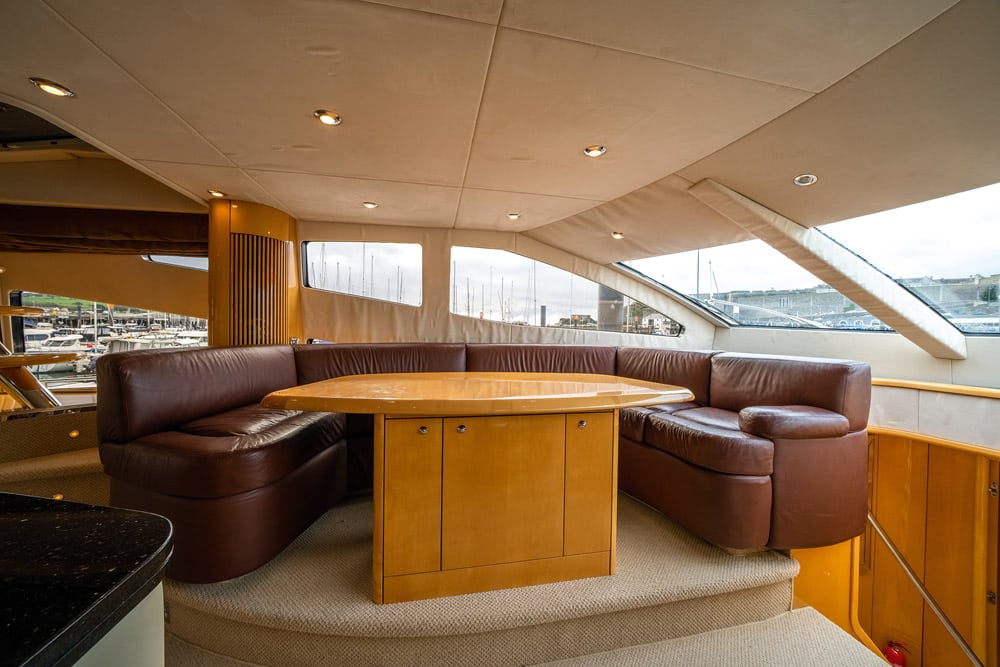
BEFORE – Sunseeker 75 Project
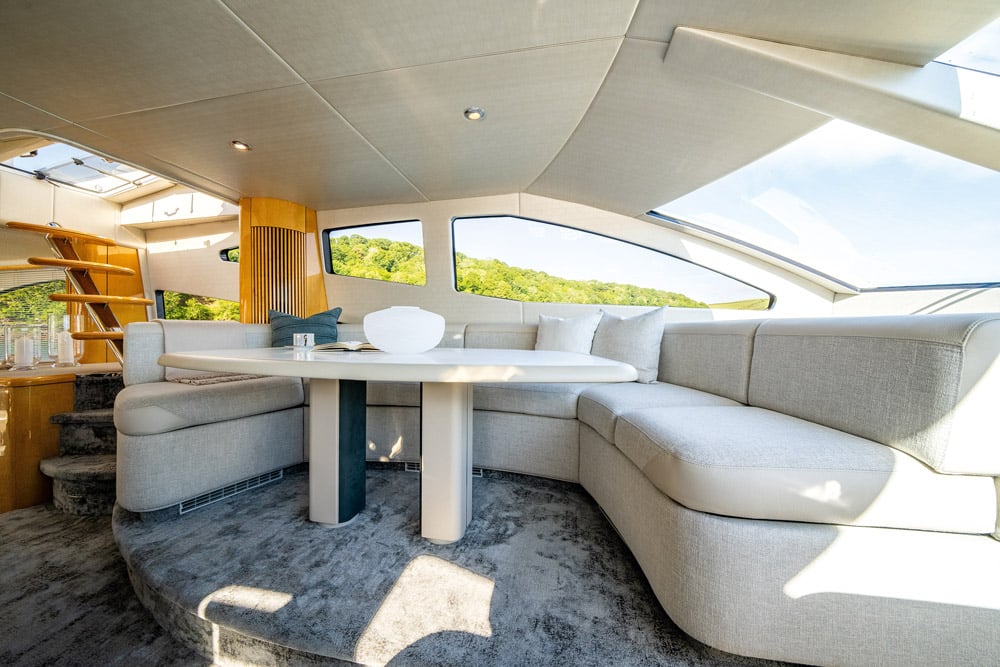
AFTER – Sunseeker 75 Project
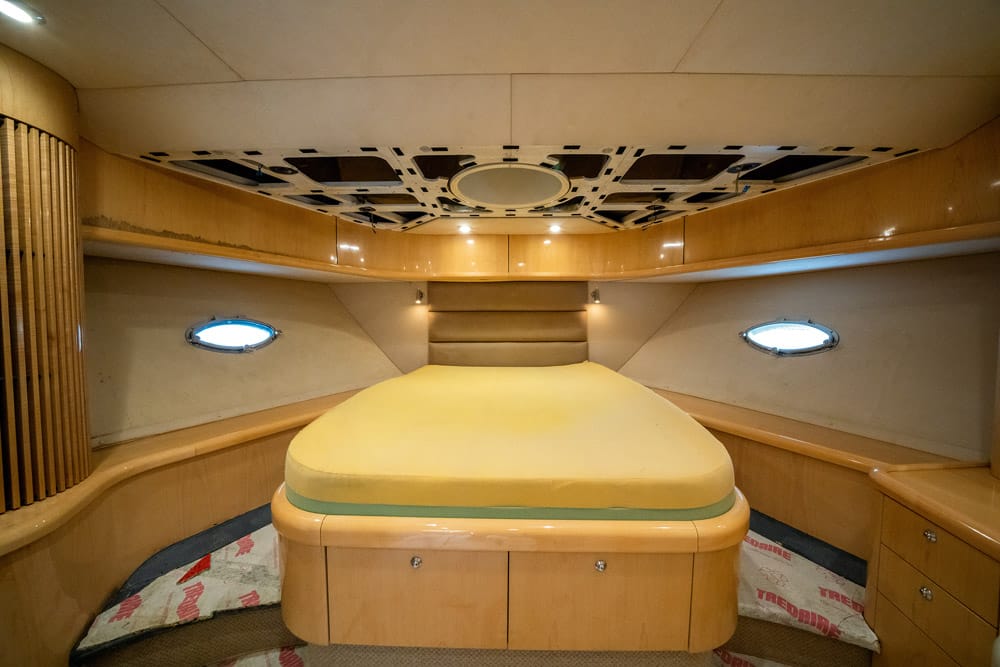
BEFORE – Sunseeker 75
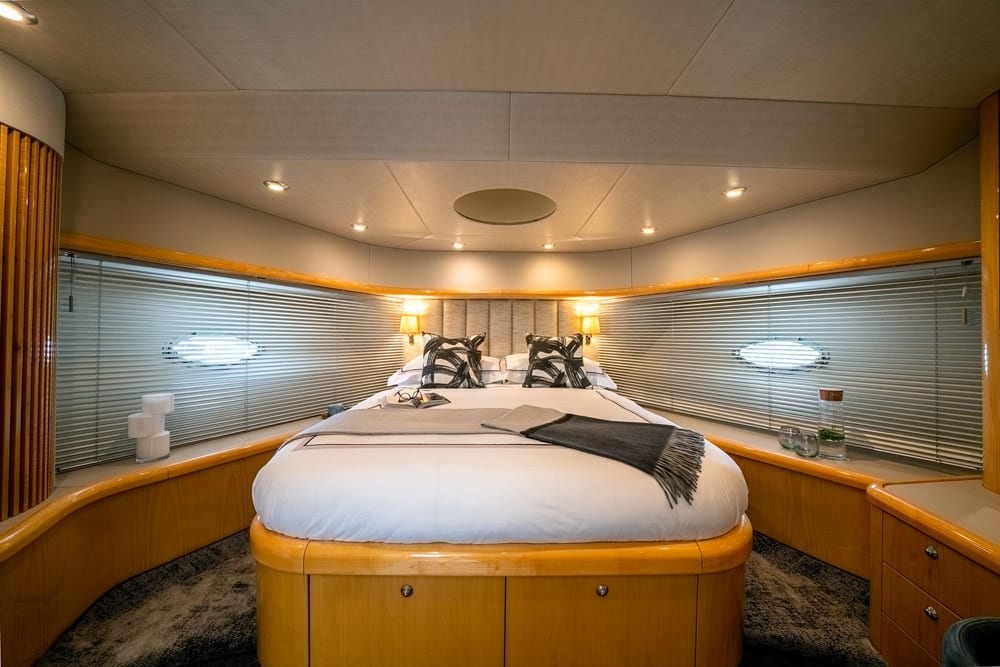
AFTER – Sunseeker 75
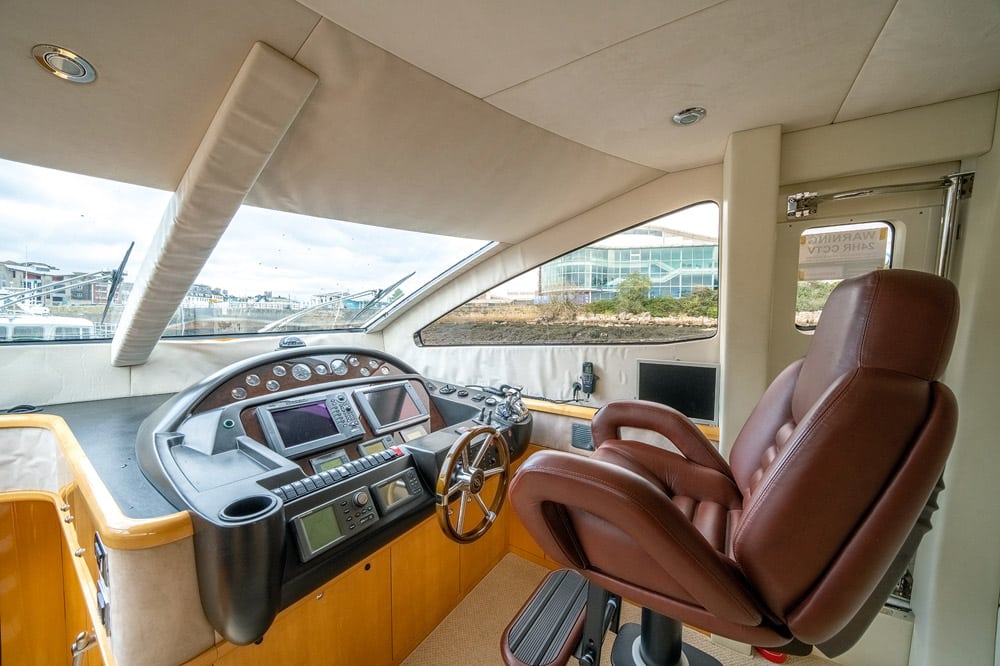
BEFORE – Sunseeker 75
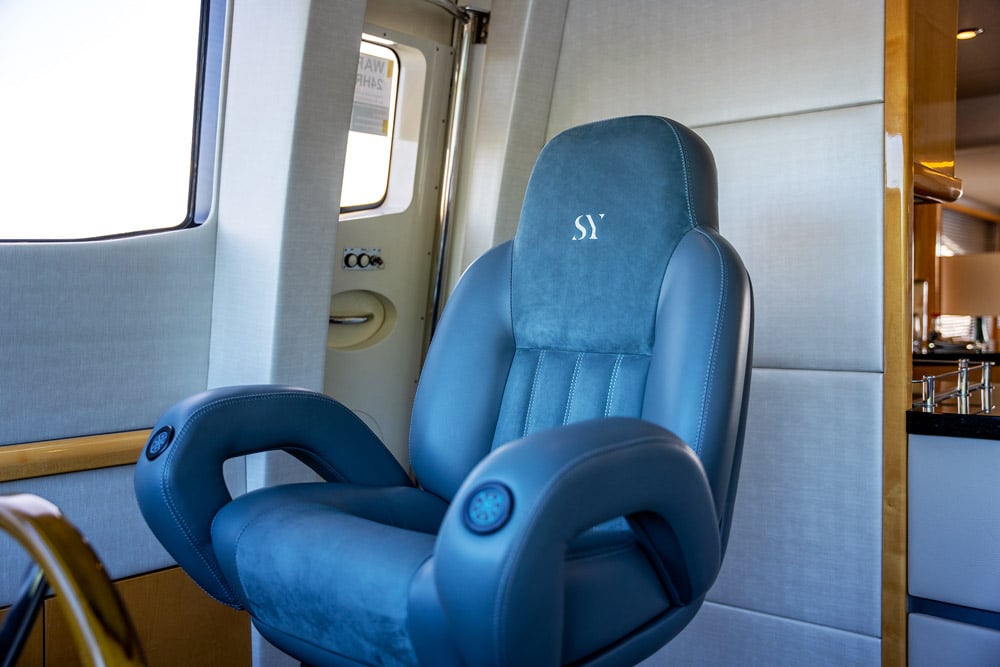
AFTER – Sunseeker 75
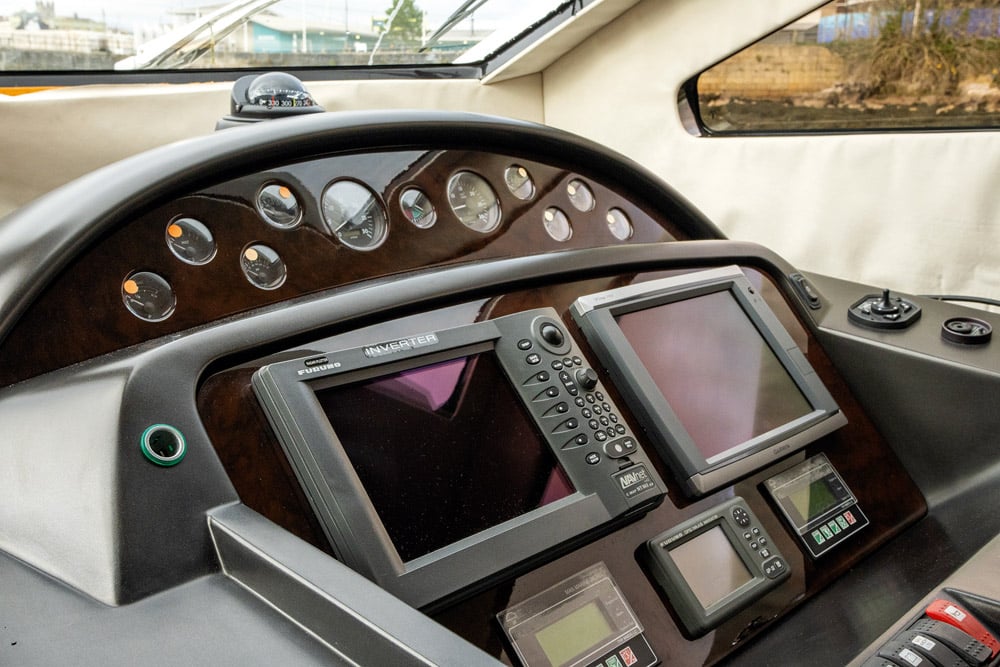
BEFORE – Sunseeker 75
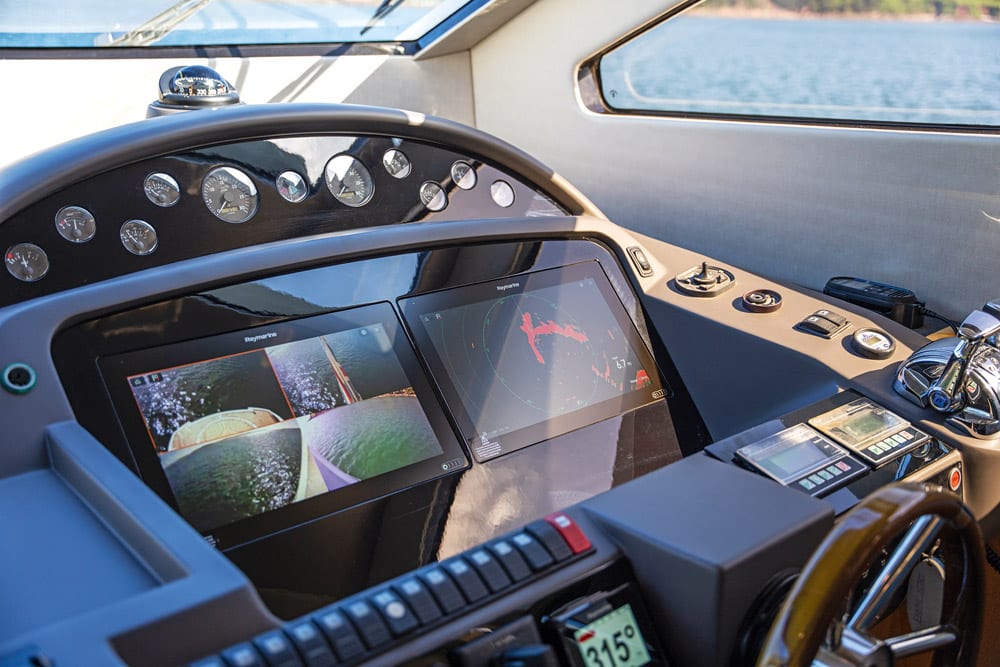
AFTER – Sunseeker 75
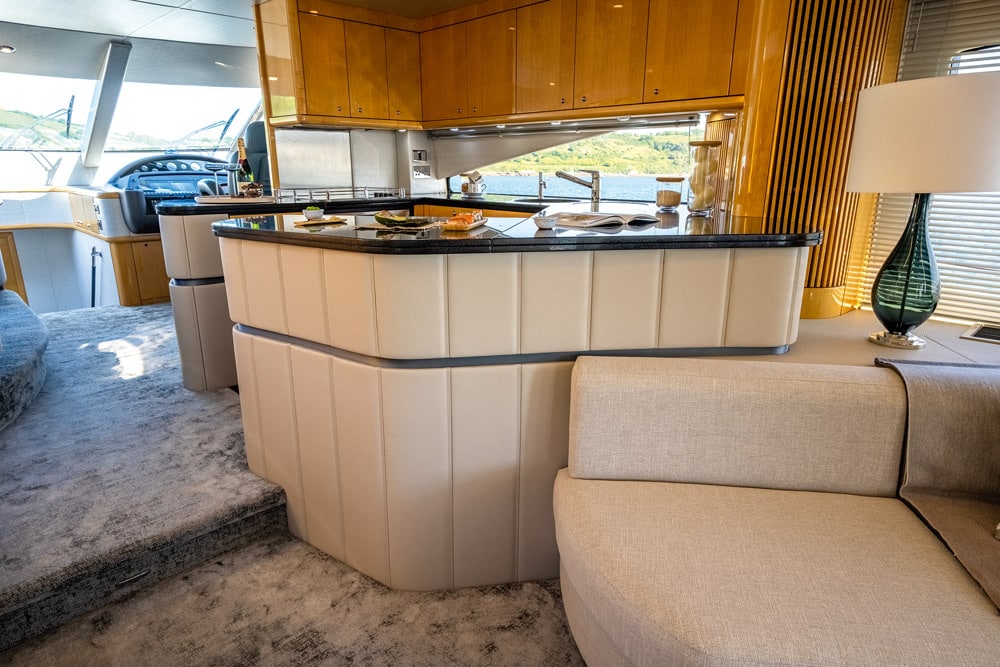
AFTER – Sunseeker 75
Could it be said that SETAG are in a sense involved in the business of helping people get more from what they already own, as opposed to simply defaulting to the idea of the new and the latest?
Yes, I think that’s spot on. The fact is, like the automotive industry, yachts devalue as soon as you buy them. Everyone knows that. Technologies change – from navigation systems to your entertainment set-up. Tastes in interiors also change, and things can start to look dated. Our thinking is that – particularly in the current climate – it just seems eminently sensible to seriously consider the ‘third way’. What we mean by this is that, traditionally, you can buy new or pre-owned and basically get what you are given, or you can opt for the third way, which is new-boat quality and a professional bespoke design and refit luxury service at pre-owned prices.
You can purchase the yacht you’ve always desired, or take one you already own and love and update it so that it is fit for purpose and up to speed with all the latest trends and developments. And you have something entirely unique and created to your exact specifications and taste – all at a fraction of the price of buying new.
What, in your view, are the benefits of refit and bespoke customisation in terms of sustainability and the environment?
Well, the obvious one is that your footprint is far better if you’re taking what you already have, or already exists, and extending its life. I think that is a trend we are seeing throughout the design and manufacturing industry. We need to get away from this vicious cycle of constantly buying new and creating more and more waste. What we are offering is the ultimate in luxury upcycling. And secondly, we work hard to provide sustainable options wherever possible – with responsible practices when it comes to everything from reducing toxins in the materials we use, to ethical supply chains, to more energy-efficient solutions for the running of your yacht, while also reducing pollution at seas. The beauty of a refit is that you can achieve higher levels of luxury with just a fraction of the environmental impact of a new build.
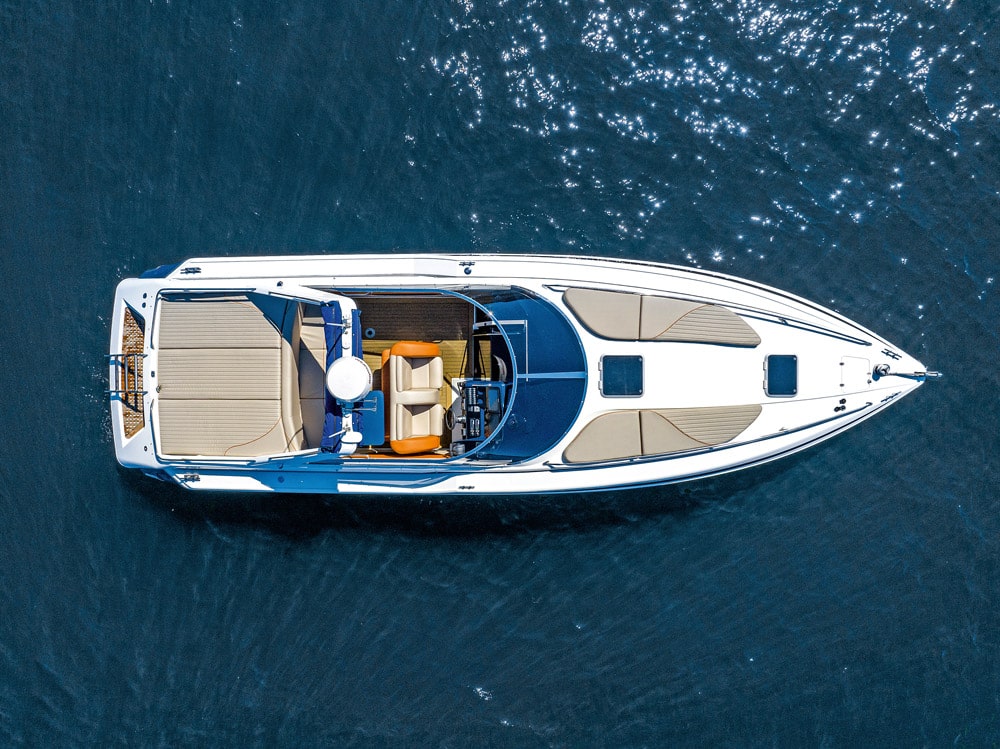
AFTER – Tomahawk project
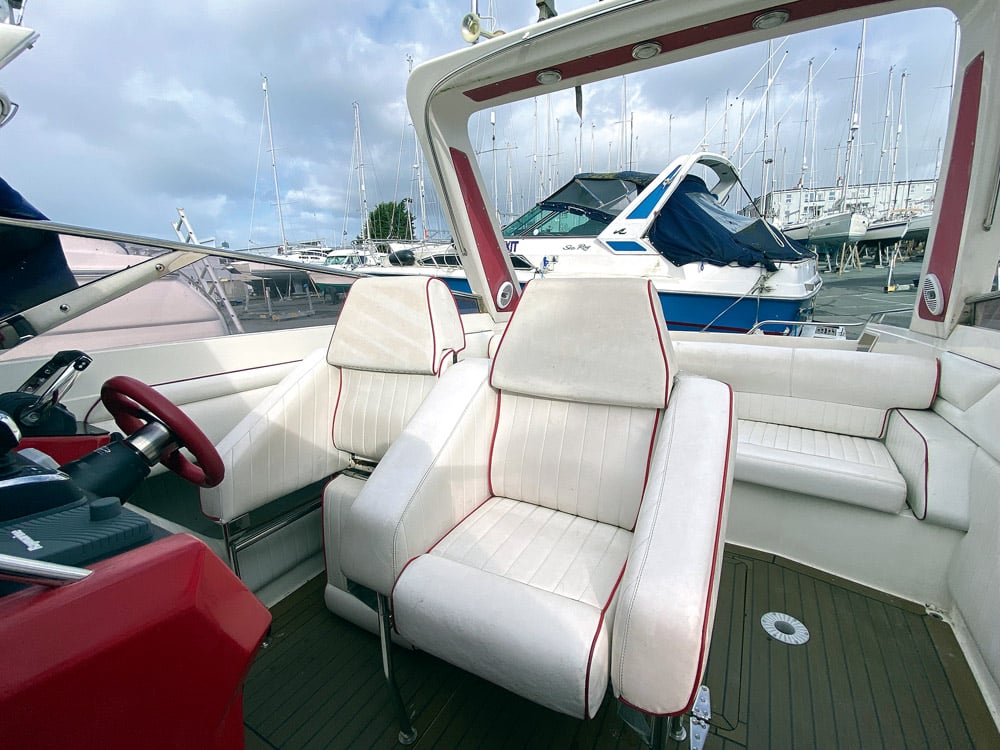
BEFORE – Tomahawk project
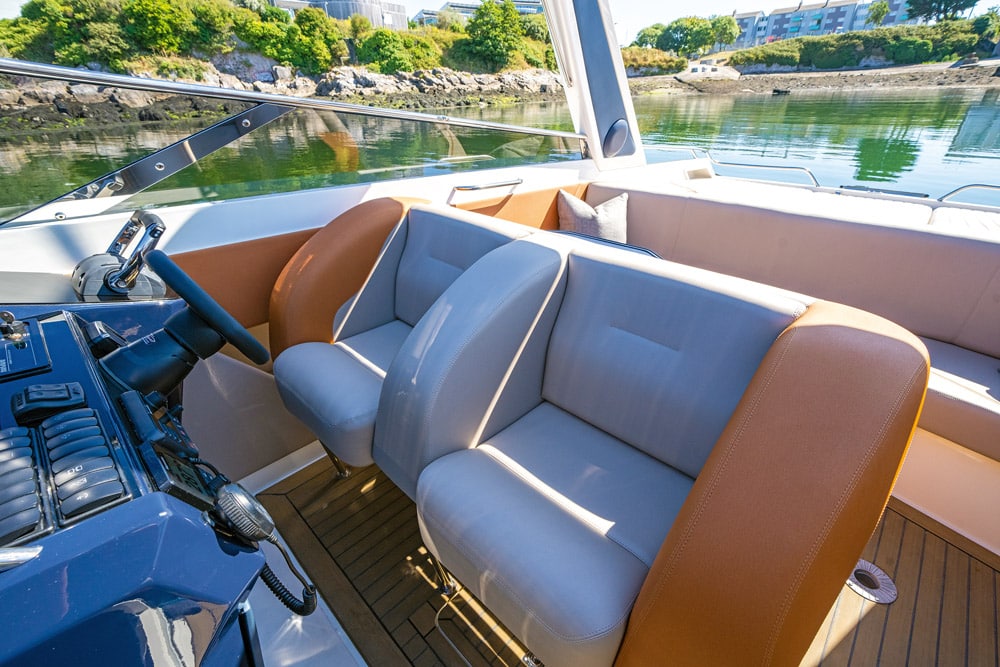
AFTER – Tomahawk project
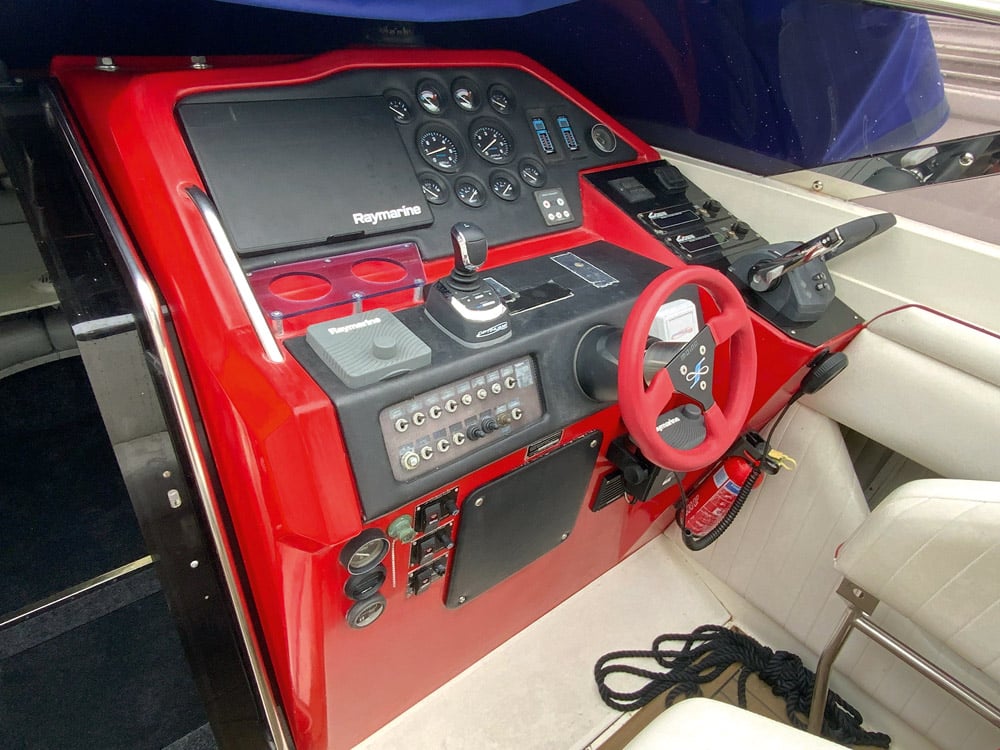
BEFORE – Tomahawk project
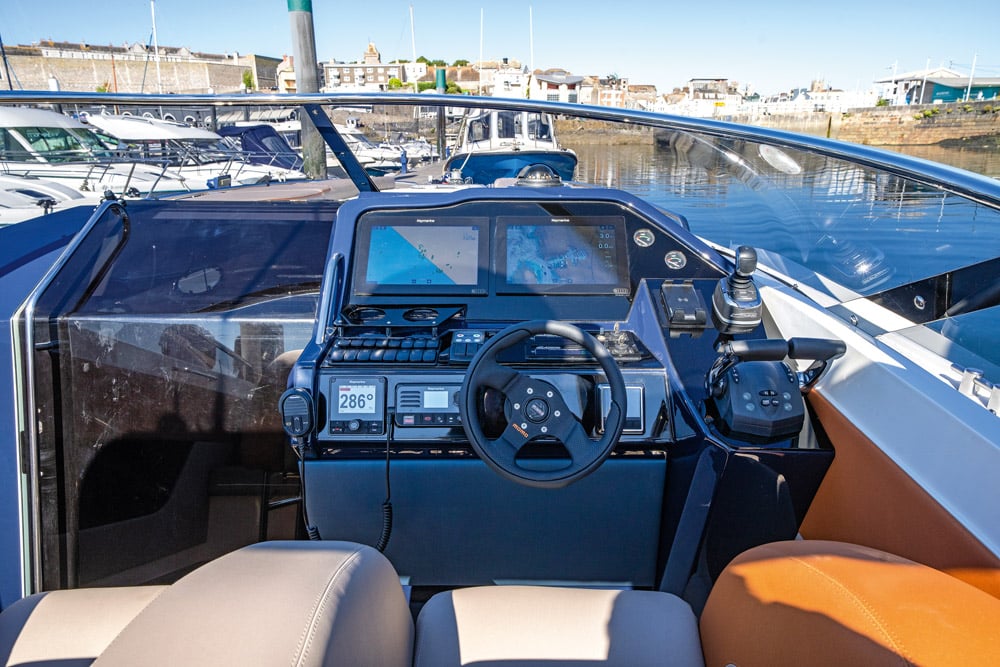
AFTER – Tomahawk project
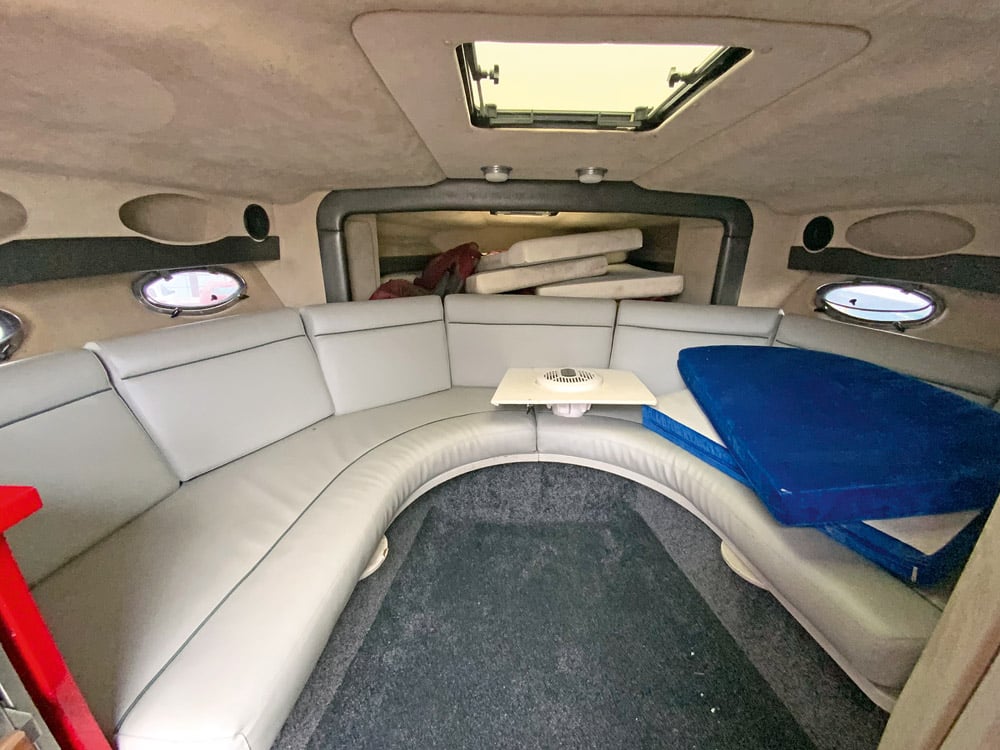
BEFORE – Tomahawk project
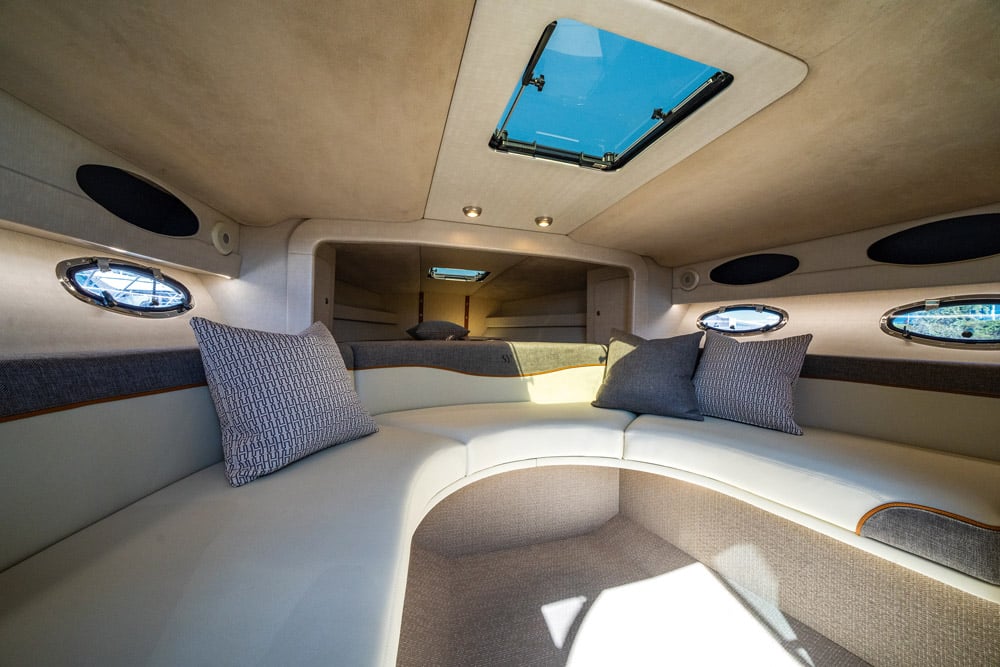
AFTER – Tomahawk project
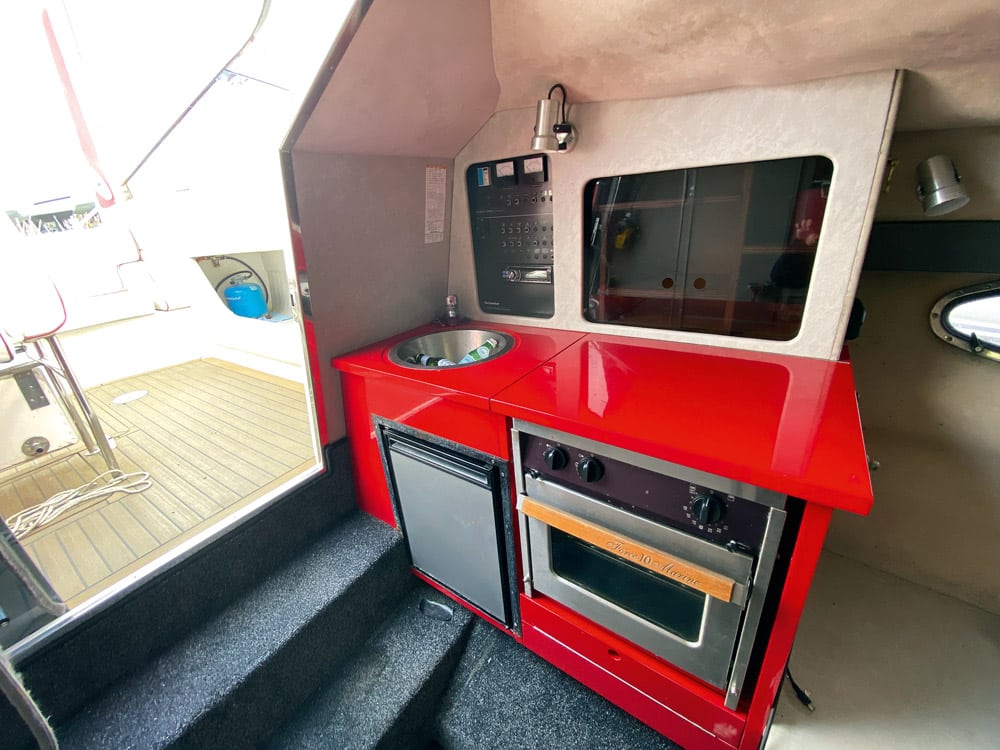
BEFORE – Tomahawk project
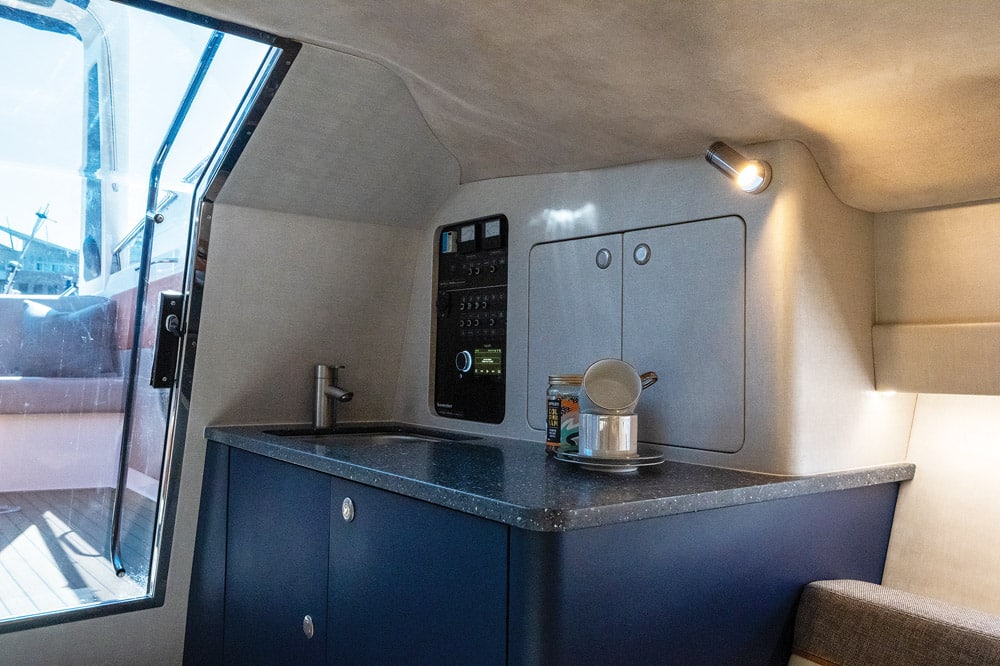
AFTER – Tomahawk project
To what degree can your work transform or ‘makeover’ a vessel? Can you give us some examples?
It can be totally transformative; it’s purely down to our collective vision with the customer and the overall investment. An example of this is the 2005 Sunseeker 75 – taking the building blocks from the original builder and transforming it into tomorrow’s standard. The interiors were looking really tired – sagging leather sofas, too much exposed varnished timber, harsh lighting, pretty ugly carpeting … The whole thing just looked incredibly dated. The owner was very involved with the design and wanted a very modern, sophisticated, luxurious hotel feel to the interiors throughout. It’s all about making the most out of a space and having the vision to see how much better it could be, at every stage. We are also altering boats’ running angles, adding more power to get more speed, updating air-conditioning systems, changing layouts, fully replumbing and rewiring … So as you can see, there is actually no limitation.
How satisfying is it to see a vessel being given a whole new lease of life, and what typically is the reaction of the owner when they are presented with the finished result?
It’s hugely satisfying and rewarding. Owners often talk about ‘falling in love again’ with their yachts when they see the final result. The ‘big reveal’ is always a great moment. You’re fixing all the tired and familiar elements and presenting the yacht back in perfect boat show condition with all the mechanical and electrical problems resolved, and with a beautiful new bespoke interior.
Would you say that refitting and customising an older craft has financial advantages over selling and simply buying new?
Undoubtedly. The industry needs the flow of new product, but the volume of pre-owned product available for people to consider a refit is ten times greater. We find two types of clients – firstly, those that have a boat that they know, understand and are comfortable with and have probably already invested significant money in making sure they are safe at sea, but the boat looks tired. Before SETAG, their choices would have been to run the risk and cost of changing what they know and love for something they are unsure of and not getting something that is perfect for them, or to stick with their boat and update in stages across years with multiple suppliers involved. Now, SETAG offer an alternative solution by adding value to their current boat that they know and love, all to a personalised specification.
Secondly, there is the owner that is considering new but weighs up the economic benefits, and benefits in terms of timing, of buying a pre-owned boat and putting it straight into refit with us. We have a good number of these in build at the moment, and these clients will have something unique and modern, looking and smelling like it’s just left the factory, for an absolute fraction of the price of new.
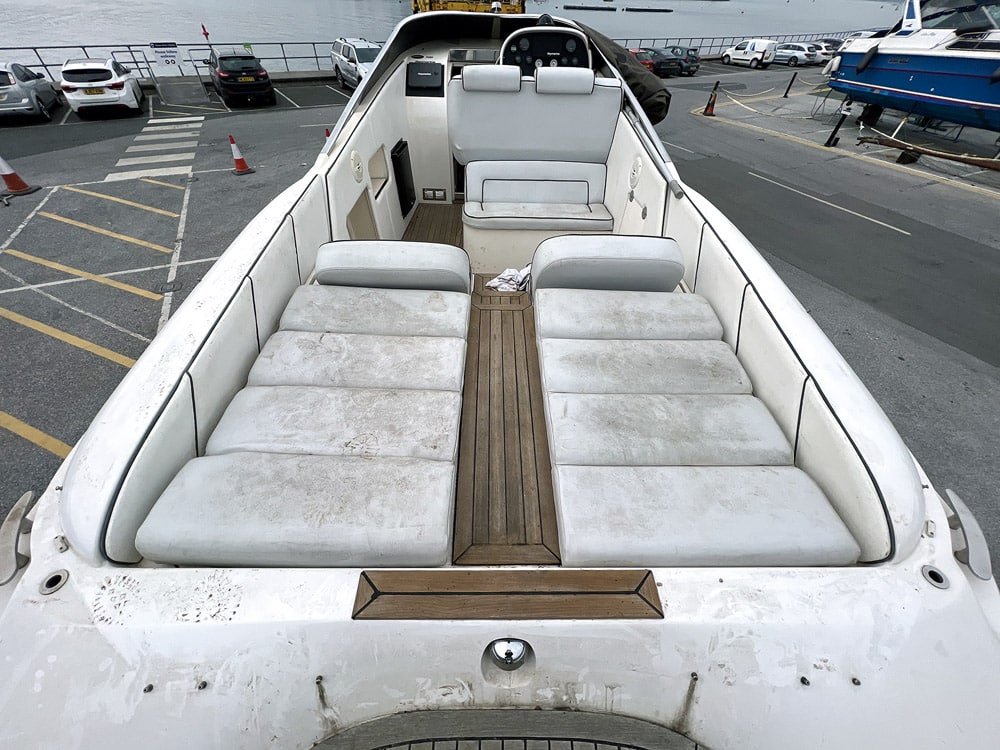
BEFORE – Hunton project
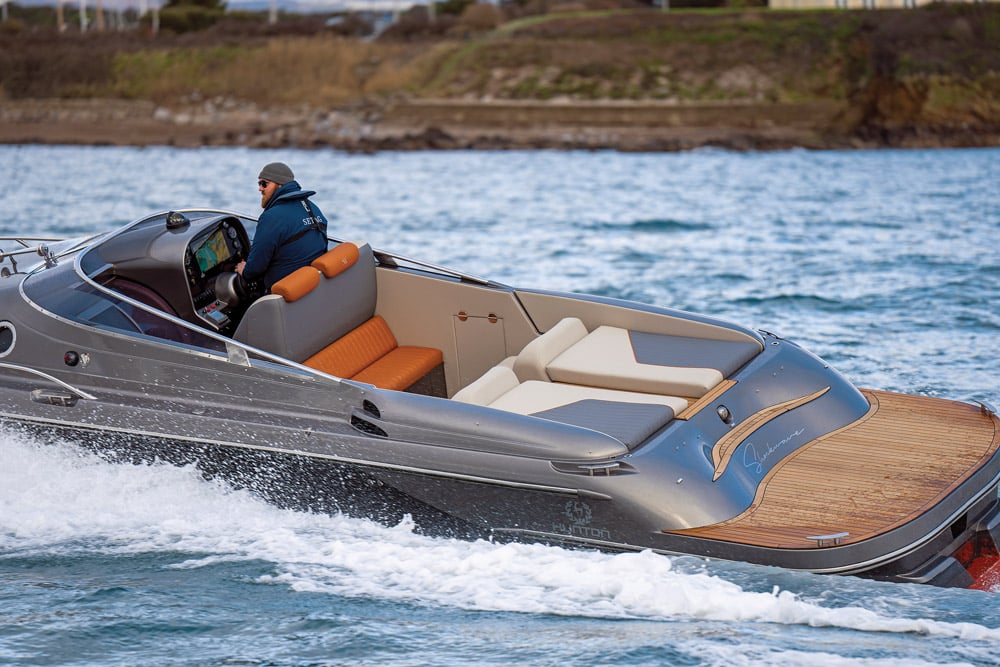
AFTER – Hunton project
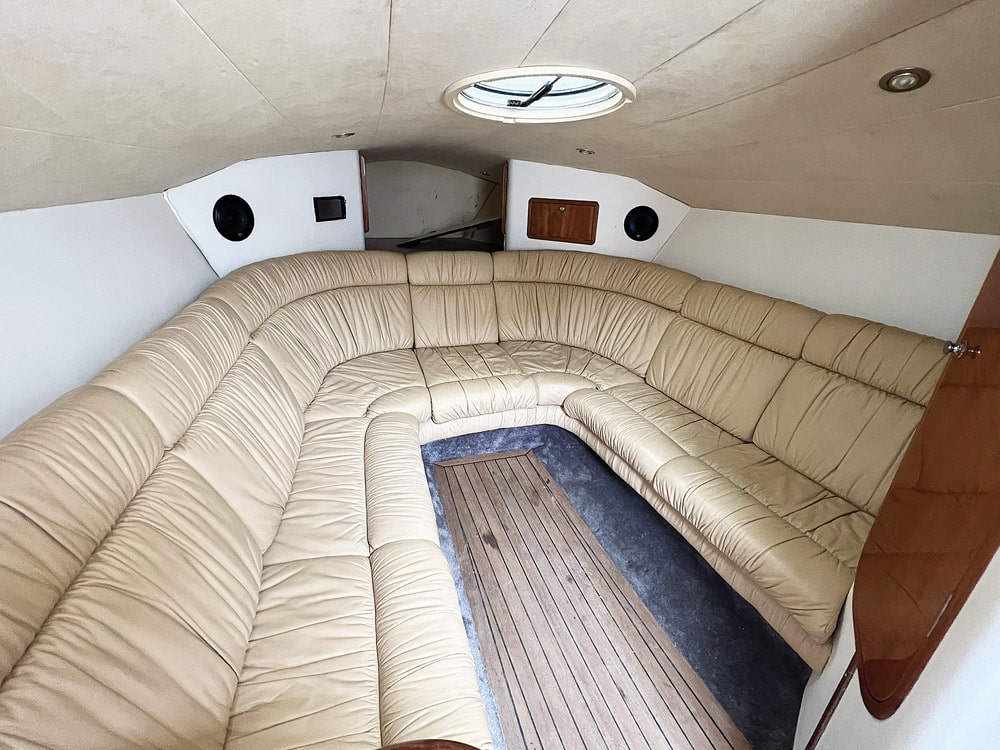
BEFORE – Hunton project
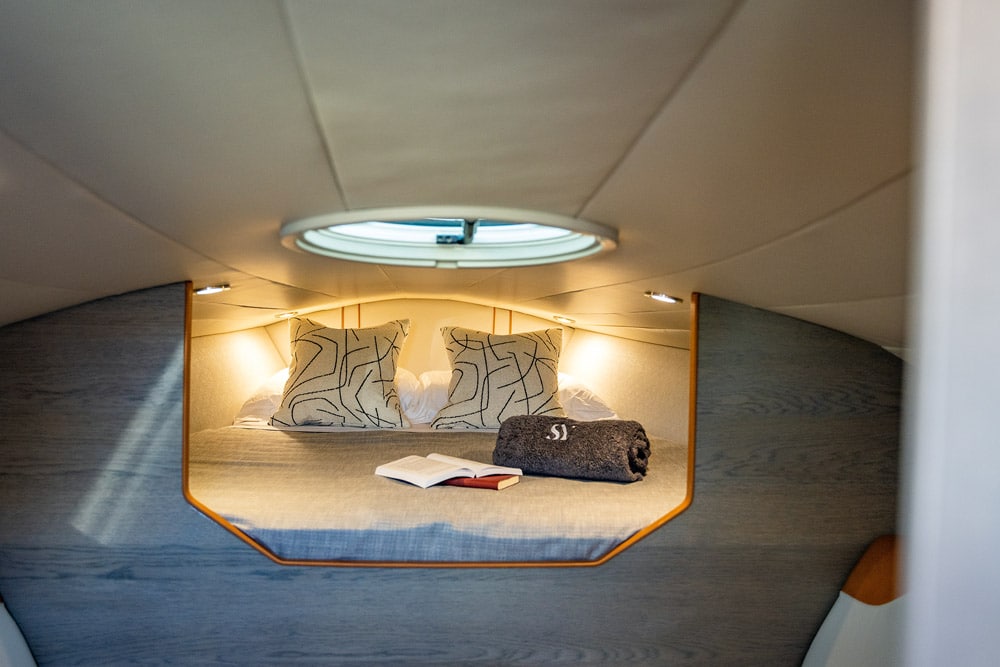
AFTER – Hunton project
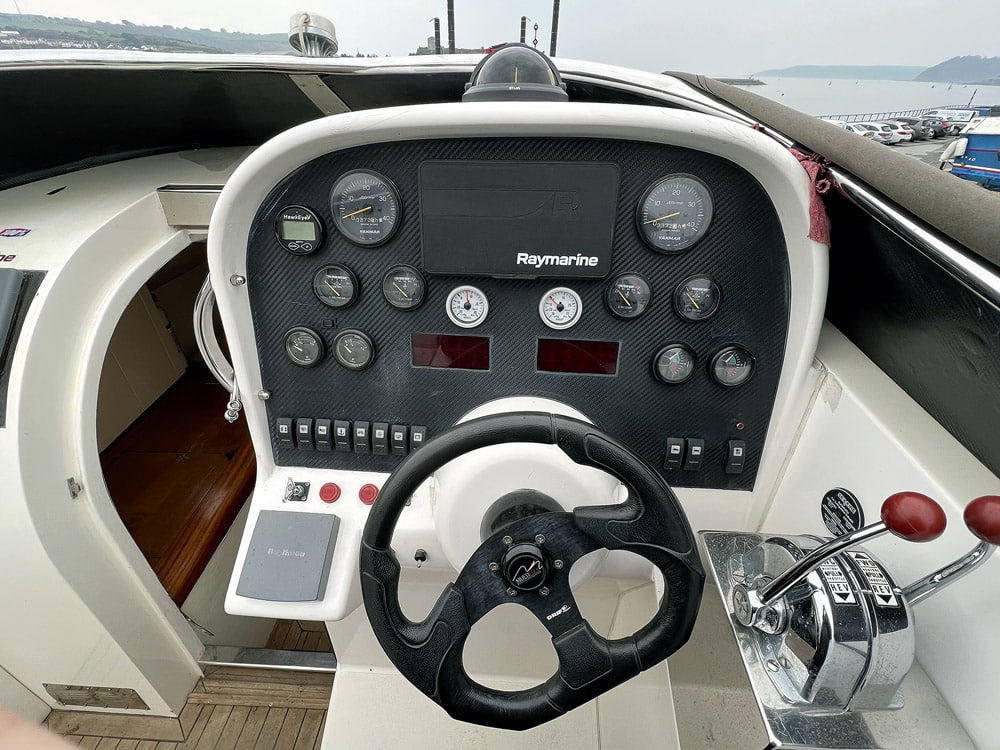
BEFORE – Hunton project
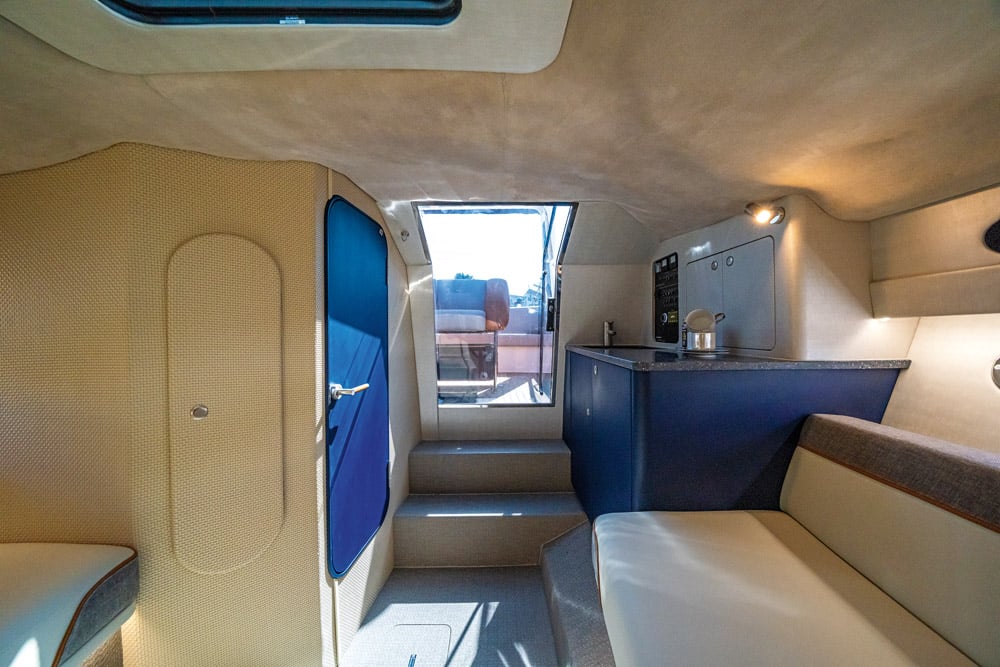
AFTER – Hunton project
What have been some of the more challenging projects SETAG have taken on?
To be honest, every project is a challenge. It’s what we relish about this job, and you can see in the attached photography a selection of huge changes. Technically and design-wise, because of our pedigree, nothing to date has really fazed us. Our greatest challenges are those associated with Brexit, but we have been extremely fortunate in being well supported by our long-established industry friends.
While I appreciate that many of the vessels you work with may be very large and valuable entities, what of the smaller end of the market? Do you customise and/or refit sports craft, etc., too?
No job is too big or too small! We did a comprehensive refit of a very cool 1993 Sunseeker Tomahawk 37 that involved a complete respray and interior refurbishment as well as modernising the technology and resolving engine issues, restoring it to its former glory. We also completely transformed a Hunton 38 from the 1990s, which is a fantastic boat, built for speed and performance, but the appearance, mechanical and engineering elements were showing their age. Another fun job was a 2001 Sealine F33 that we remastered from its berth on Lake Windermere, giving it a modern aesthetic and updating the rather tired interior into something that looked far more luxurious. What people will find fascinating is that we like/need a mixture of large jobs and small jobs.
What influence would you like SETAG to have on the wider market, and what issues do you consider the boatbuilding industry should be focusing on as we progress through the current decade?
I have always seen SETAG as a game-changer in the industry. Longevity, sustainability and responsibility are huge issues in society today. We are all learning to do better, and that is starting to trickle through in new designs, but that’s not enough. We can transform existing designs not just to today’s standards but to tomorrow’s with minimal environmental impact. We need to think differently in the design and manufacturing world as a whole, and I think we have touched on a way forward at SETAG – one that doesn’t compromise on quality.
The man behind the name
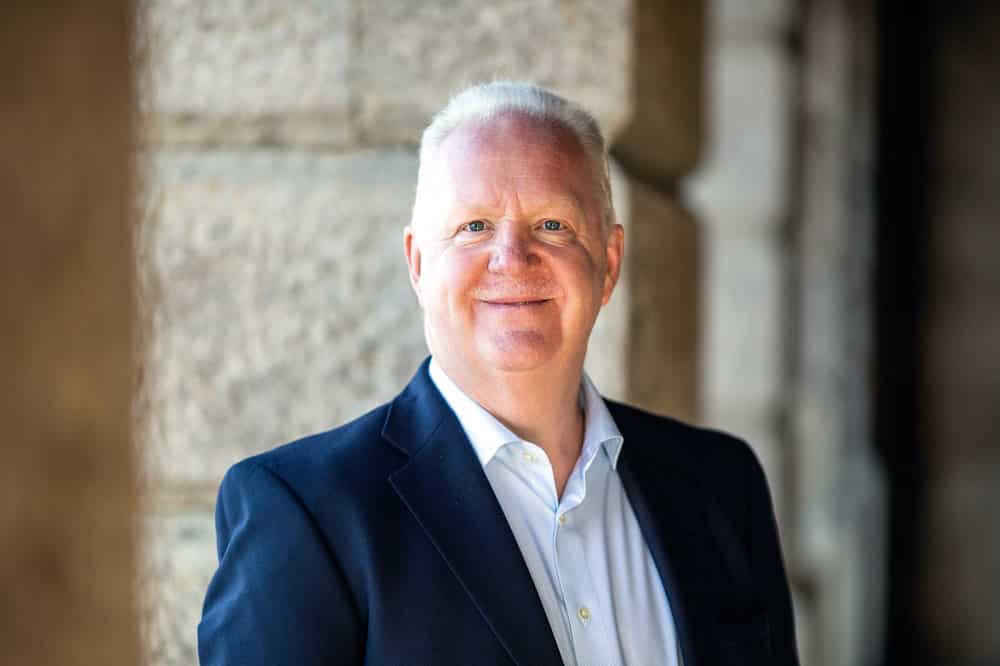
Chris Gates CEO
The former CEO of Princess Yachts, Chris Gates spent 31 years, from technical engineering apprentice to CEO, growing one of the leading brands in the luxury yacht sector. During his years at Princess, Chris grew the company from a £30 million to a £340 million business, with the workforce swelling from 400 to 3,300 people. He is now embarking on his own journey in launching SETAG Yachts. The easy option would have been to retire, but Chris wanted to explore the opportunity to offer a unique, unrivalled luxury refit service for pre-owned yachts, where owners can experience the same level of personal service and expertise they have come to expect from the leading yacht manufacturers.

